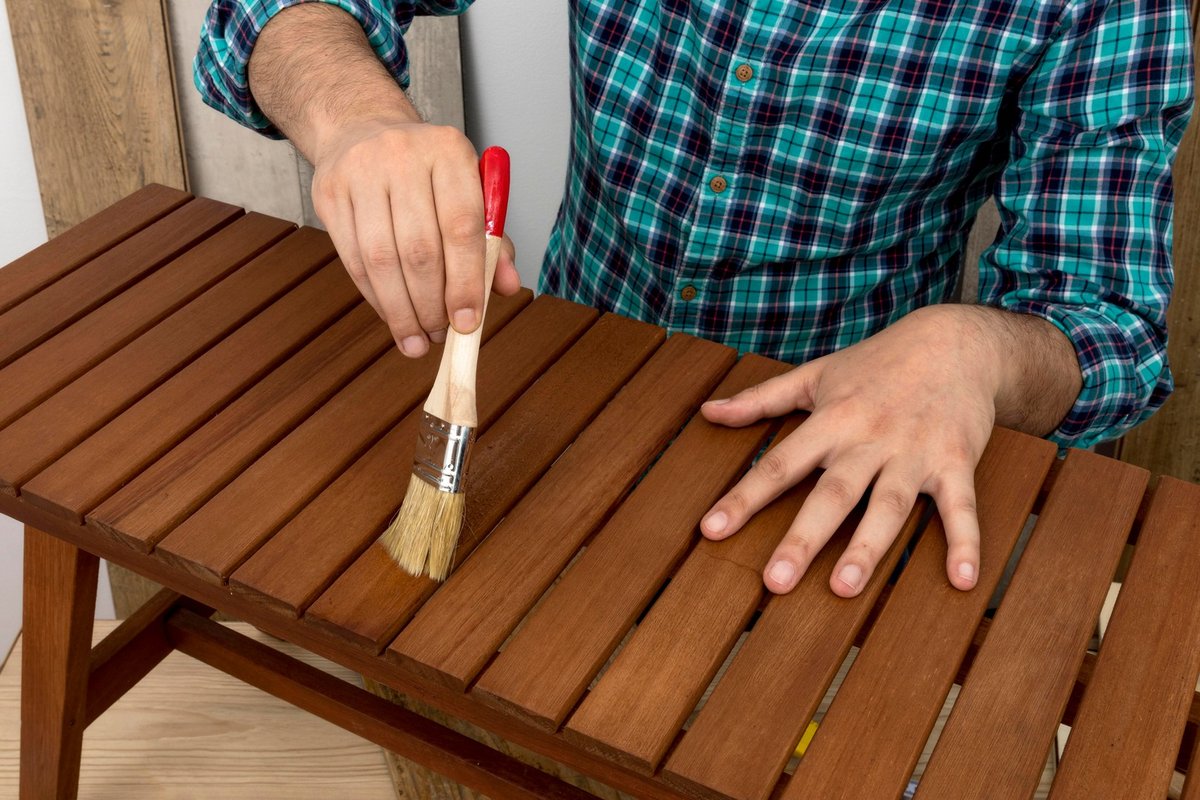What is Teak Wood?
Teak Tree - Teak Wood (Tectona grandis)
The teak tree is a tropical deciduous tree native to the monsoon forests of India, Indonesia, Myanmar, northern Thailand, and parts of Laos. In Africa and Latin America, it is cultivated and harvested on large plantations. The teak tree is a very large tree with a trunk that has few branches, making its wood highly suitable for processing.
Due to its outstanding durability, great hardness, and beautiful grain, teak wood is especially used in the construction of garden furniture, decorative furniture, and terrace parquet. Teak wood also contains rubber, which makes it naturally slip-resistant in wet conditions. This is why teak wood has been used for shipbuilding and bridge construction for over 2,000 years.
As with other popular tropical woods, the great hardness and general resistance to environmental influences and pests are an adaptation to the consistently warm and humid tropics. Pests and fungi thrive particularly well there, which is why insect- and fungus-repelling substances like resins and essential oils in the cells are important for the health and survival of the trees. These substances are very effective, and in teak, they even help protect against termites. The tropical climate also allows many trees to grow slowly but steadily throughout the year, which is one reason why the wood of some tropical trees is so dense and hard. (https://www.regenwald-schuetzen.org)
-
Benefits Overview
-
Weather-resistant
-
Pest-resistant
-
Durable & Long-lasting
-
Low maintenance
Teak Wood Care: Proper and Long-lasting Care!!!
How intensively should I care for my teak furniture?
The care of your teak furniture depends on your preferred look:
Retaining the original color tone: Use teak oil to preserve the natural color of the wood.
Silver-gray patina: If you like the natural silver-gray patina that develops over time, you can leave your furniture untreated.
How often should I oil teak wood?
This depends on several factors, such as the use of the furniture, weather conditions (for outdoor furniture), and the desired appearance. However, generally speaking:
For outdoor furniture: Teak furniture should be oiled once or twice a year to preserve its color and protect the wood from weather influences. It may be worthwhile to treat the furniture, especially after a long summer or heavy rainfall.
For indoor furniture: Furniture used indoors typically needs to be oiled every 1–2 years unless they are heavily used or exposed to direct sunlight regularly. In such cases, treatment every 6–12 months may be necessary.
Why should I oil teak wood?
Regularly oiling your teak furniture offers several benefits:
Preservation of color intensity: The oil protects against fading and helps preserve the original warm tone.
Prevention of cracks: Oiled teak is more resistant to small cracks and splits.
What should I pay attention to when oiling?
1. Preparation: Make sure your furniture is clean and dry. Remove dust and dirt. If needed, you can lightly remove dirt with sandpaper or a sander.
2. Protect the floor: Place a plastic sheet or cloth on the floor to protect the furniture from drips.
3. Apply oil evenly: Teak is very dense and doesn’t absorb much oil. Therefore, apply a thin layer.
4. Drying time: Allow the furniture to remain untouched for at least 24 hours after oiling.
What should you consider when choosing the oil?
Colored or colorless teak oil: Choose the oil that matches your desired look.
Tools: Use a clean cloth, sponge, or small sponge roller for larger surfaces, and a brush for smaller details.
What happens if I don’t treat my teak furniture?
Fading color: Untreated teak wood will turn gray over time.
Cracks: Untreated wood can develop cracks.
Oil and food stains: With covered use, oil or food stains may remain on the surface that are difficult to remove.
How can I protect my teak furniture?
Winter care & protection from weather conditions
Do I need to store it for the winter?
Teak wood does not need to be stored indoors to be protected from rain or snow. Teak wood requires moisture to remain in good condition. If you leave your furniture outside during the winter, cover it with a protective cover.
Air circulation is important: Ensure that the cover does not touch the wood directly. A small gap allows the wood to breathe and prevents mold growth.
Cushions: Store the cushions in a dry, sheltered location during the winter months.
Can I clean teak wood with a pressure washer?
No, this is not a good idea! The strong water jet of a pressure washer can loosen the adhesives at the joints of the furniture and damage the surface. This leads to faster wear and tear of the furniture.
How can I restore teak wood?
Teak wood changes over time and develops a stylish patina. This is not a loss of quality but a natural process. However, if you want to restore the original appearance, there are two options:
1. Clean with natural soap and a brush: Place your furniture in the garden, soak it, and thoroughly clean it with a brush and natural soap.
2. Sanding: Sand the wood with a sander to renew the outer layer. However, this method is time-consuming and challenging.
Indoor Furniture Care with MONOCOAT Oil
For our indoor furniture, we use high-quality MONOCOAT Pure Colorless Oil, which is internationally known for its excellent quality.
What should you consider during application?
1. Wear protective gloves: The oil is very difficult to remove from the skin, so be sure to use plastic gloves.
2. Protect the floor: Lay down a protective sheet or cloth on the floor to avoid stains.
3. Apply the oil evenly: Use a microfiber cloth or a sponge roller to distribute the oil evenly. For smaller areas, use a brush.
4. Wipe off excess oil: Wait 20 minutes after applying the oil and then wipe off any excess oil with a clean, soft cloth.
5. Safety precautions: Cloths and tools that have come into contact with the oil must be stored securely or disposed of properly, as they can catch fire if stored incorrectly.

 All Products
All Products
 Gartentische
Gartentische
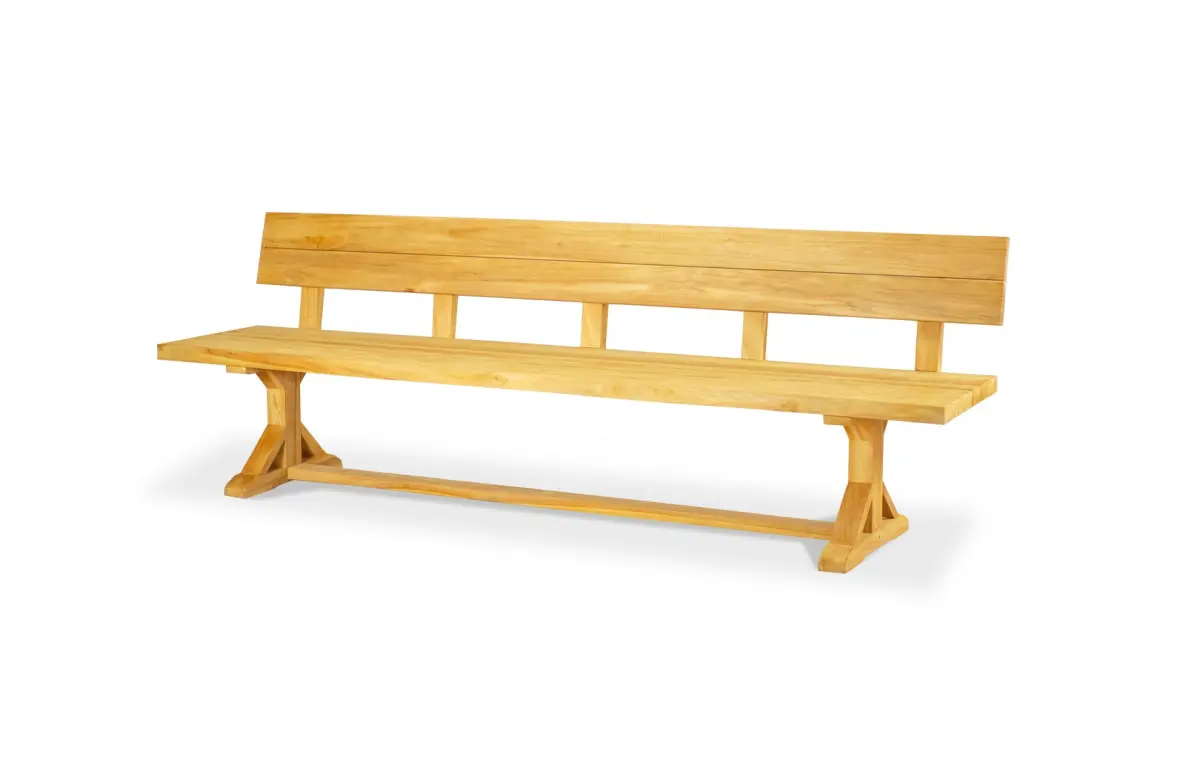 Gartenbänke
Gartenbänke
 Gartenstühle
Gartenstühle
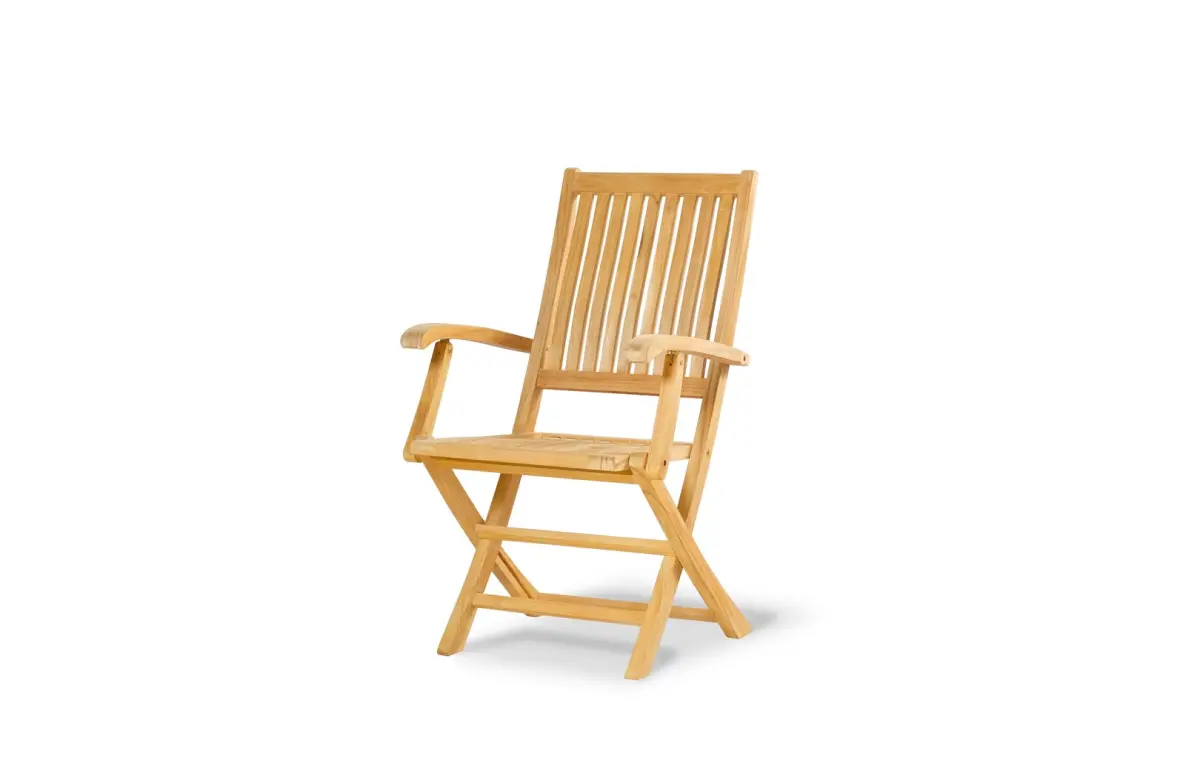 Stapelstühle
Stapelstühle
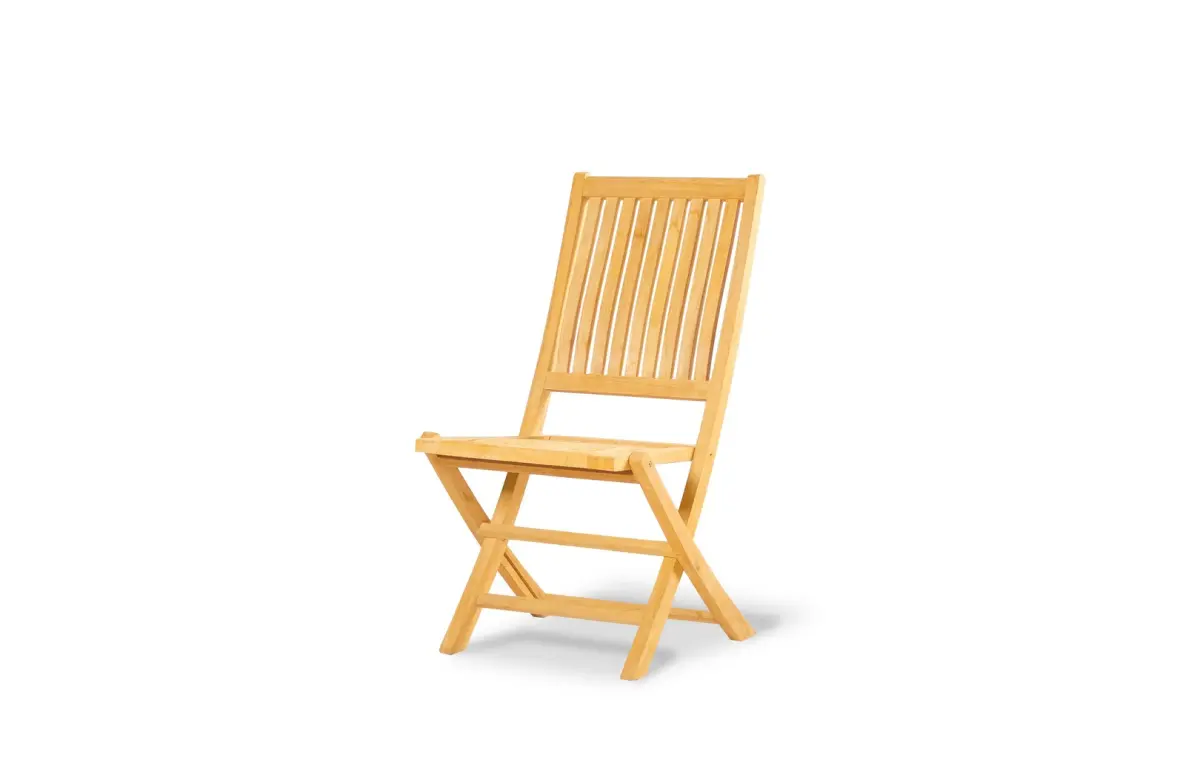 Klappstühle
Klappstühle
 Klapptische
Klapptische
 Eckbänke
Eckbänke
 Beistelltische
Beistelltische
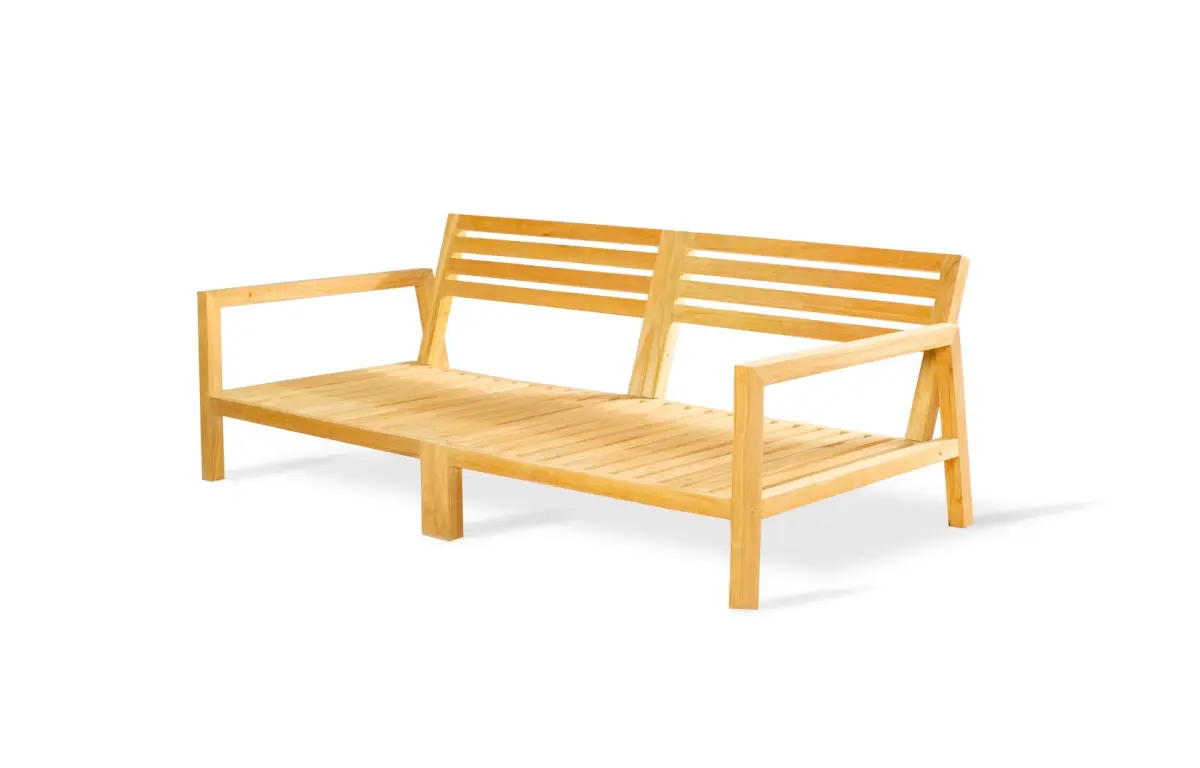 Lounge & Ecksofas
Lounge & Ecksofas
 Sonnenliegen & Liegestühle
Sonnenliegen & Liegestühle
 Gartenkommode & Sideboards
Gartenkommode & Sideboards
 Extendable Tables
Extendable Tables
 Set Offers
Set Offers
 All Products
All Products
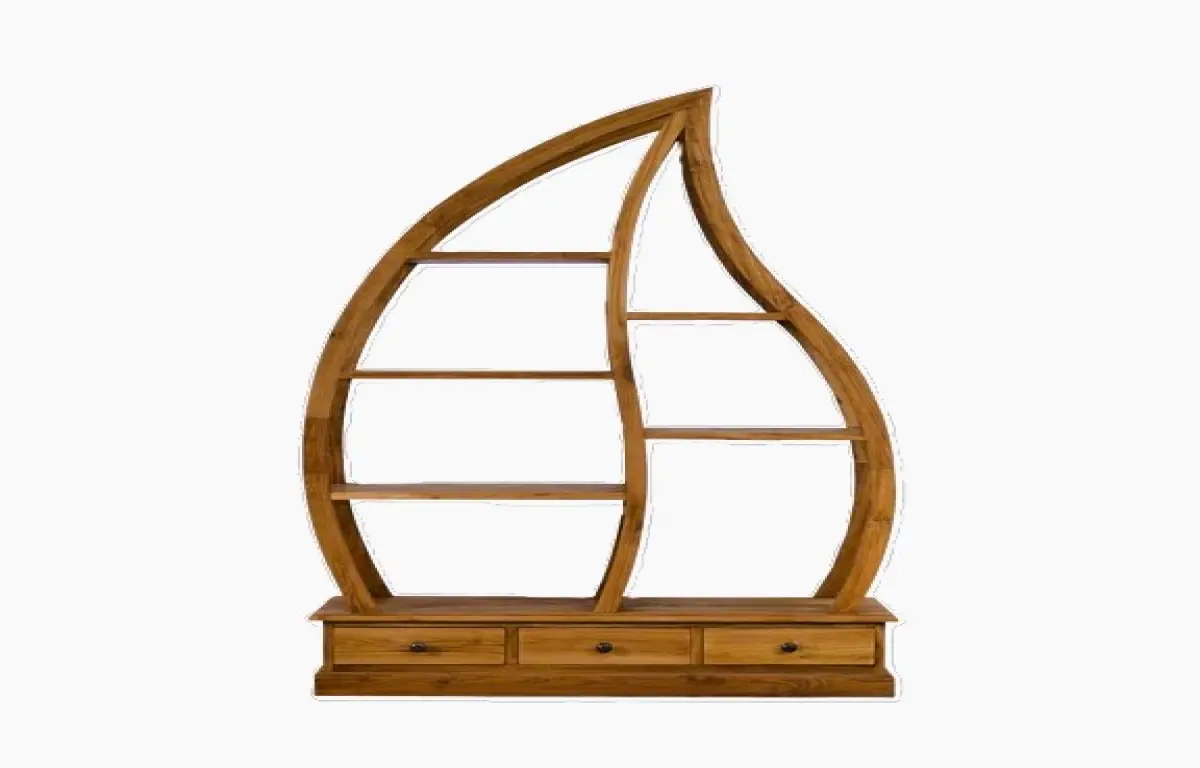 Shelf & Bookshelf
Shelf & Bookshelf
 Indoor tables
Indoor tables
 All Products
All Products
